The world is powered by aging technology: lithium-ion batteries. This is the tech that powers the Tesla Model S, your phone, a beard trimmer, and a pacemaker, and it has made only incremental steps forward over the past decade. Those increments have allowed “smart” technology to invade all corners of the globe, but to progress any further we’ll need some truly next-generation energy storage ideas. Until then, here’s a list of devices that manage to impress with battery life today.
NASA’s nickel-hydrogen batteries
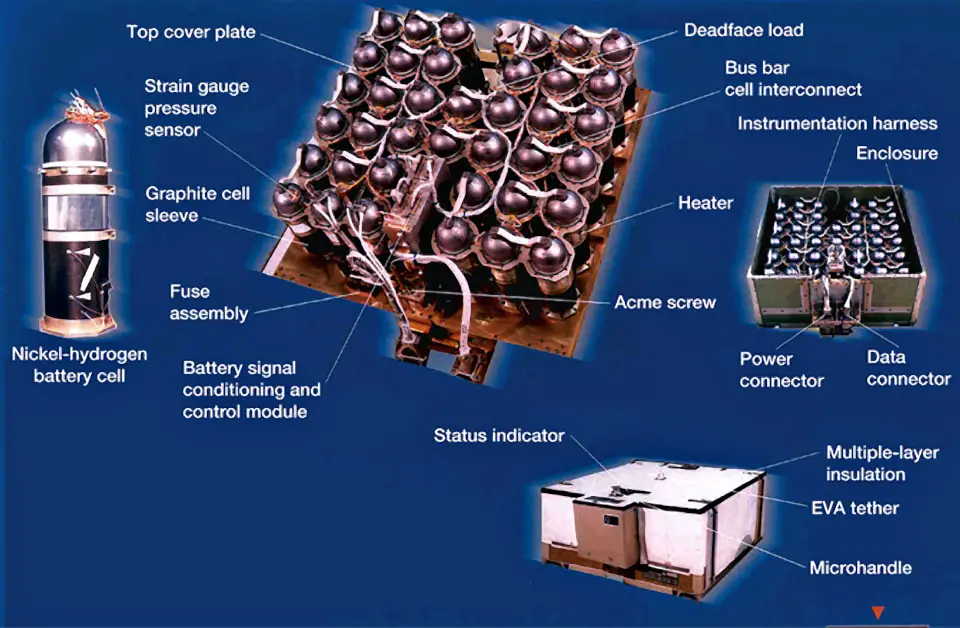
Nickel-hydrogen batteries have a number of disadvantages relative to the battery in your phone — they’re far more expensive, and per-milliliter of the electrolyte it stores about a third as much energy. So why are Ni-H2 batteries so beloved by NASA, which has installed them on everything from the ISS to interplanetary probes?
Their long lives. Not only can Ni-H2 batteries efficiently hold a charge for long periods of time — say, long enough for a satellite to reach a distant moon — but it they undergo far more charge-discharge cycles before deteriorating. Your average lithium-ion cell phone battery can last a few thousand cycles if you’re lucky, but NASA’s Ni-H2 batteries can last up to 20,000 cycles. That’s useful when you’re in space, with non-stop access to solar energy and long, long distances to travel.
Decade-long watch batteries
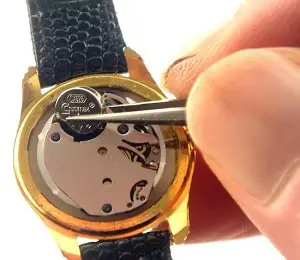 Watch batteries (more properly called “button cells”) are known for their incredibly long shelf life. They have to be, considering that the whole point of a watch is that it keeps time over long periods. High-end watches, though, push this principle through sheer efficiency, combining high quality batteries with ingenious mechanical engineering to keep working continuously for a decade or more. The secret to packing so much life into such a small space is that wrist-watches require so little energy to run, and can siphon an incredibly small amount from the button cell each day.
Watch batteries (more properly called “button cells”) are known for their incredibly long shelf life. They have to be, considering that the whole point of a watch is that it keeps time over long periods. High-end watches, though, push this principle through sheer efficiency, combining high quality batteries with ingenious mechanical engineering to keep working continuously for a decade or more. The secret to packing so much life into such a small space is that wrist-watches require so little energy to run, and can siphon an incredibly small amount from the button cell each day.
Analog watches use complex weighted systems to reduce the amount of power needed to keep the system going, and many even supplement the impact of the battery by capturing the kinetic energy of motion. Highly efficient digital screens, simple computers, and a willingness by the public to wear larger watches, means that now even fancy, feature-packed time pieces can go a decade without a battery replacement.
NES cartridges
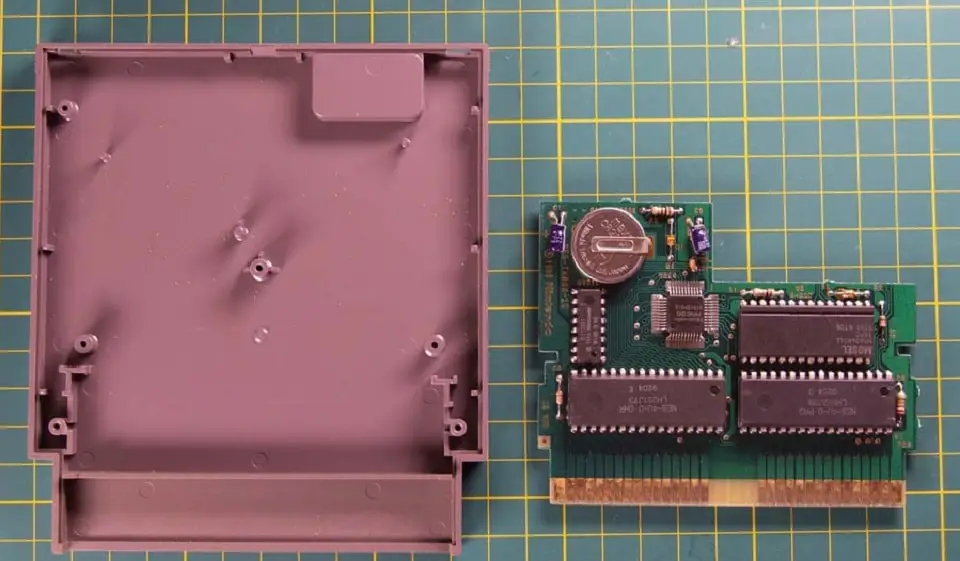
Believe it or not, the original smash hit home console did not come standard with a 500GB hard drive — it had no accessible onboard storage whatsoever. If you wanted to save your progress in Zelda (a rather innovative idea at the time) you had to store it on the cartridge itself, in a tiny, dedicated storage module that gave certain cartridges an air of elite status on your shelf. This storage was technically SRAM, meaning that it would be wiped if powered off, and that meant installing a battery to provide power even while out of the NES system itself.
Since very-low-power SRAM chips are as their name implies, the battery is able to provide charge for a long, long time. Nintendo doesn’t have any sort of official word on this, but estimates put the hypothetical capacity at well over 50 years! Whether the battery, or indeed the cartridge itself, could physically survive for that same half-century is another matter entirely, but that’s a problem for the historians. The electrical engineers at Nintendo certainly did their part.
Grid power batteries
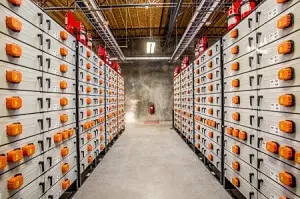
In the examples above, we’ve looked at extreme rechargeability, extreme energy efficiency, and extremely long-lived sources of current — but what about batteries that are just really, really big? I mean, that’s one way to make a battery last a long time, just pump it full of as much energy as you could ever possibly need.
Well, Southern California’s Monolith substation is 6,300 square feet in size, and houses an array of lithium ion batteries working together as a single storage unit. With a final capacity over 32 megawatt-hours, this single battery could hold enough power thousands of homes for several hours — enough to get a major city through the Superbowl, for instance. As a way to store energy for meeting peak demand, batteries are attractive since they store power as electricity for quick and easy transfer to homes — unlike flywheels or other storage methods where the kinetic (or whatever else) energy needs to be converted into electricity.
Pacemakers
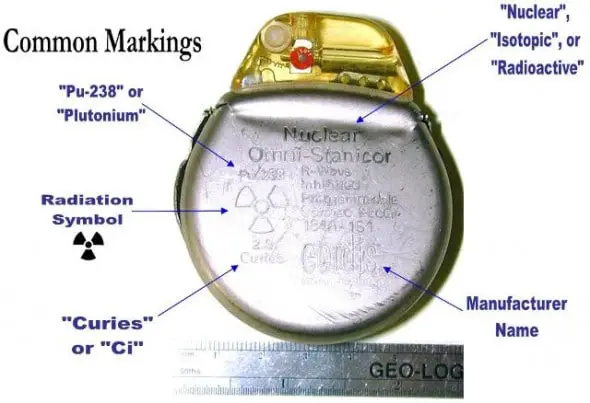
Not all pacemakers actually go in or on the heart itself — very few do, actually — but even for less invasive heart-rate pacers, battery life is vitally important. Not only can a battery failure lead the pace to slow or stop entirely (you die), but battery changing becomes a medical risk when it involves surgery. Especially for geriatric patients it’s important to do as few surgeries as possible, and that means keeping the thing running for a long time per implantation.
Early pacemaker concepts were literally hooked up to old car batteries (allegations of Frankenstein experiments would not have been irrational this time), but the standard quickly shifted toward batteries with mercury- and eventually lithium-based electrolytes, which allowed years-long terms of service. Today, most pacemakers can last over a decade, but older designs powered by plutonium decay (as seen above) could last for a century or even longer. Those have been phased out of course, since a 100-year battery life is less important than not having plutonium in your bloodstream, and one would hope a better pacemaker would be developed during that time regardless. At 10-15 years, medical engineers seem to have found the sweet spot.
Curiosity’s atomic battery

Unsurprisingly, NASA gets more than one hit on this list. It’s one thing to send up a battery that can be recharged over and over (and over and over) like the nickel-hydrogen cells, but in designing Curiosity engineers had different incentives. Atomic batteries have been in use, to one extent or another, since the start of the Apollo program, but a Mars rover needs a bigger, better generation of nuclear power source than ever before. Being on a planet’s surface, Curiosity doesn’t have constant always in sunlight and has more energy-draining tasks to perform than a coasting satellite.
The solution was an atomic battery which uses the energy of nuclear decay to produce heat, which in turn produces electricity. This is similar to the workings of so-called low energy nuclear reactors (LENR) which could even make their way into your home water heater.
This technique simply harnesses the natural process of radioactive decay, rather that kickstarting a nuclear reaction like a fission power plant — but the impact of switching to isotopic power for boilers could save millions of dollars in energy spending. On Curiosity, it lets the rover rely on up to 14 years of use on the surface of the Red Planet — long enough to satisfy our wildest curio– oh no, I said it!
What’s next in battery tech?
The next great battery technology may be yet another liquid electrolyte battery, or a solid state battery, or an atomic battery — we could all end up with super-efficient flywheels in our back yard for all I know. It’s entirely possible that the market will never know a battery technology as dominant as lithium ion again, and devices will use a technology best suited to their particular needs.
The only thing that is certain is that lithium ion technology can’t carry us much further on its own, and while there are still great strides being made perfecting the idea it’s really got to be something novel that shores up the market.
We need somewhat that doesn’t just improve energy density, but also charge time, heat and flammability, and the lifetime maximum discharge cycles. Any technology that could deliver on all of these fronts must take stock of the successes we’ve already had in long-lived batteries, and make good use of the lessons they provide.



